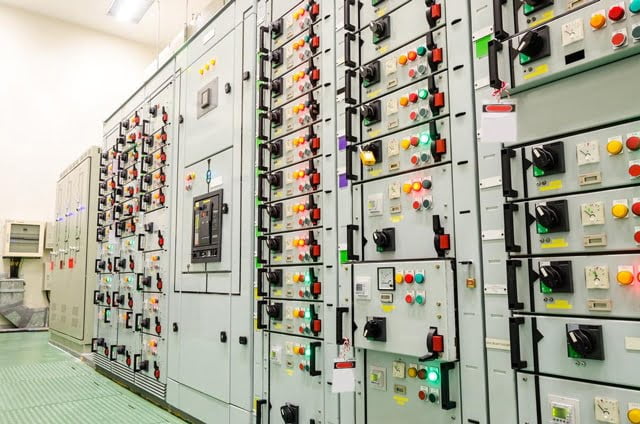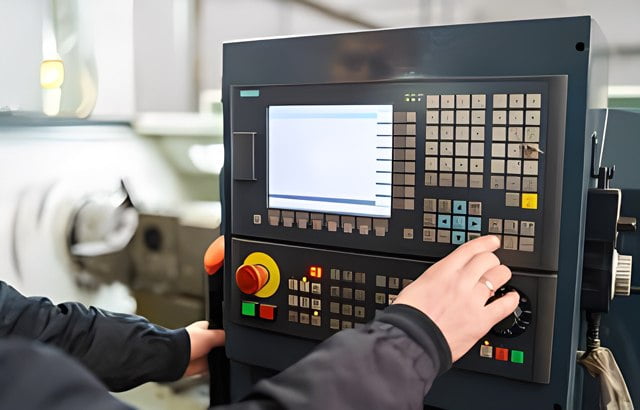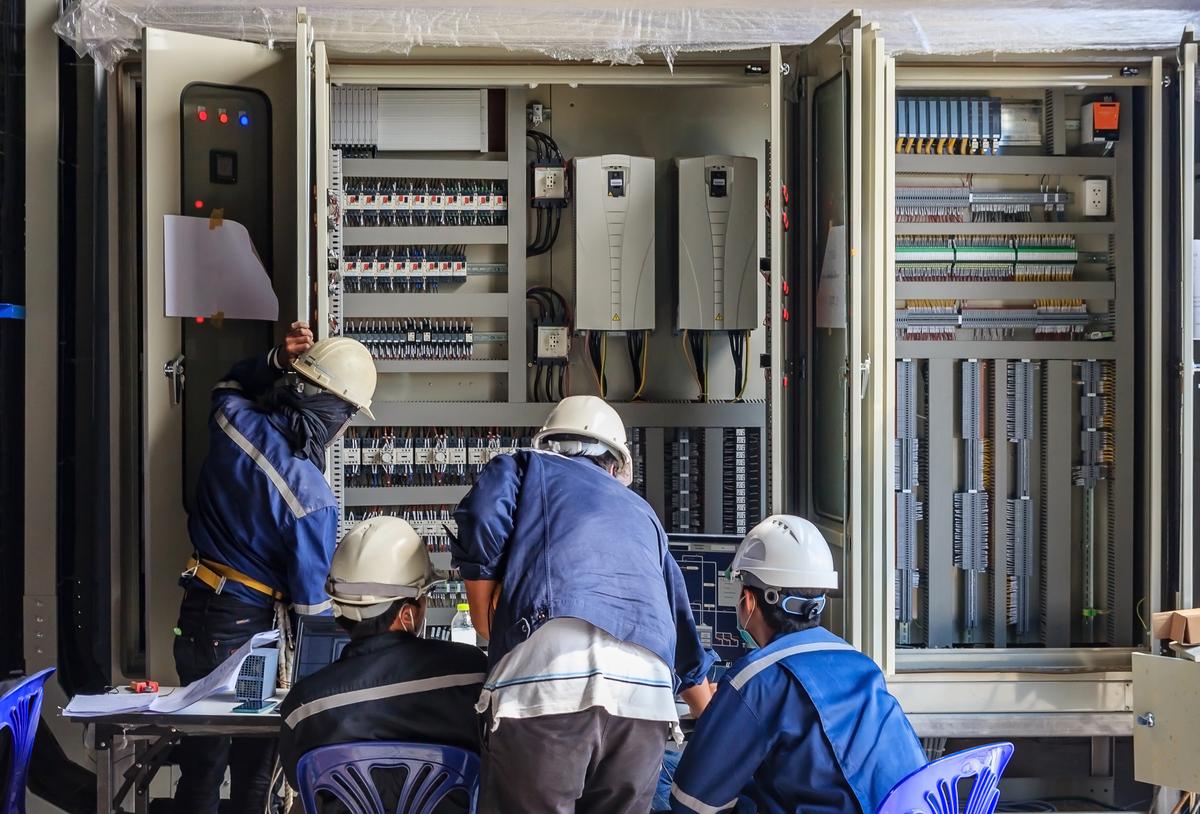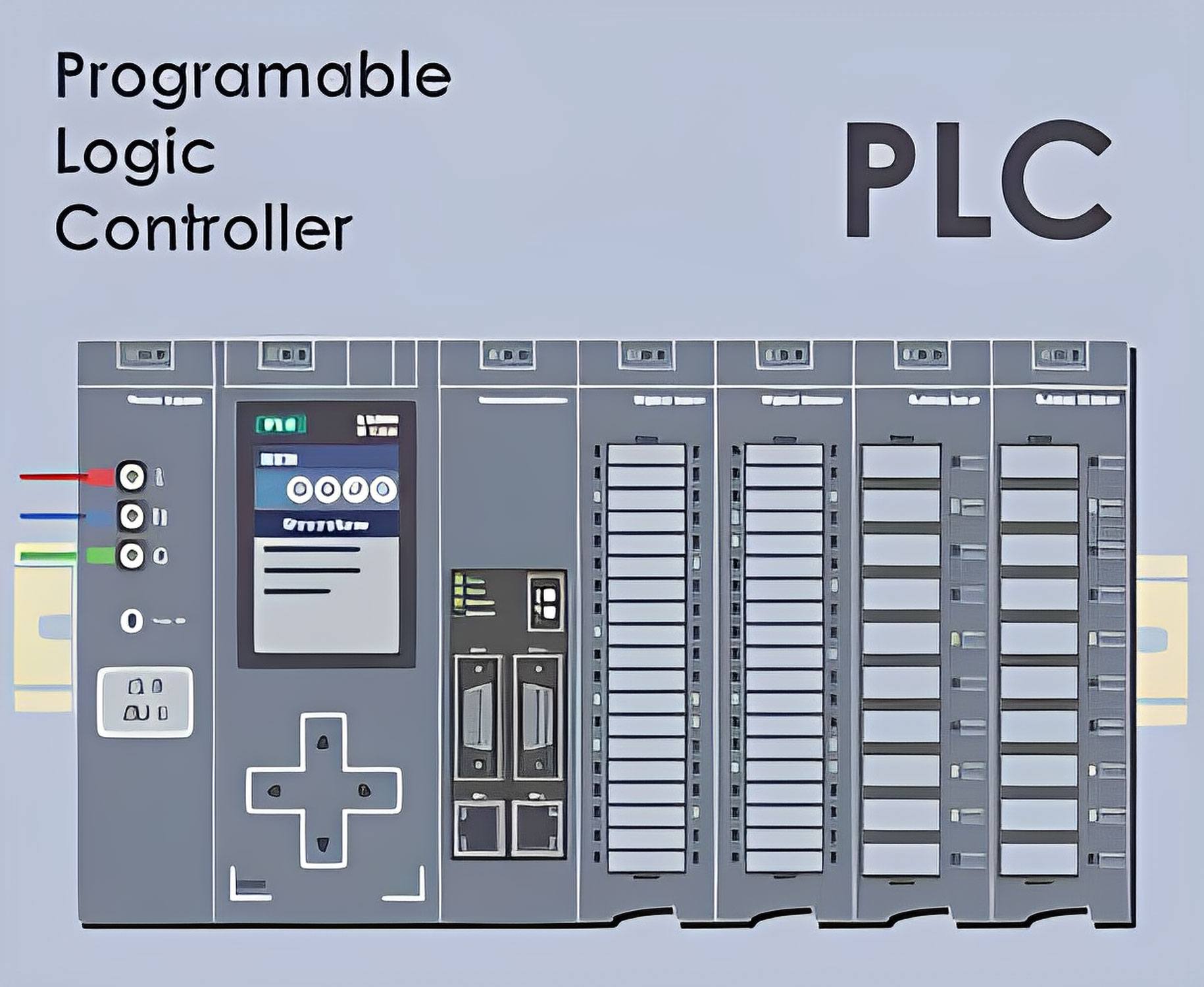Optimizing Industrial Processes: A Deep Dive into Advanced Automation Control Panel Design
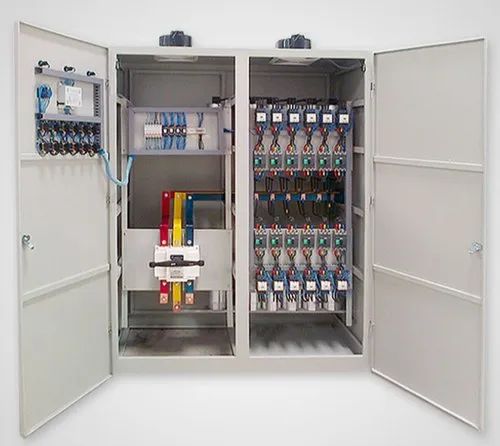
Industrial automation control panel design is the creation and engineering of control panels used in industrial settings. These panels are crucial in regulating and monitoring various automated processes in industries such as manufacturing, energy, and transportation. Through their design, automation control panels ensure efficient and reliable operation of industrial systems, leading to improved productivity and cost-effectiveness.
Automation control panel design holds immense importance in today’s industrial landscape. These panels control and coordinate equipment and processes in industries, acting like the central nervous system.
The control panel design enables real-time monitoring, fault detection, and timely intervention. Advanced technologies such as industrial remote monitoring and power distribution panels make this possible. This results in reduced downtime and optimized performance, enhancing operational efficiency and profitability for industries across sectors.
The role of advanced design in optimizing industrial processes
Advanced design plays a crucial role in optimizing industrial processes by ensuring efficient control panel fabrication and industrial control panel wiring. With technological advancements, designing control panels has become more sophisticated, offering numerous benefits. Advanced design techniques enhance the integration of various components, resulting in streamlined operations and improved performance. By utilizing advanced design strategies, engineers can reduce the complexity of industrial processes, leading to increased productivity and cost-effectiveness.
Furthermore, advanced design enables the integration of industrial remote monitoring systems, allowing operators to remotely monitor and control the processes. This capability promotes real-time data acquisition, analyzing, and decision-making, leading to enhanced efficiency and reduced downtime.
Industrial remote monitoring systems help with predictive maintenance, identifying and solving problems before they happen, improving industrial processes.
Industries can use automation and control systems to improve efficiency, accuracy, productivity, safety, and compliance.
Key Components of Advanced Control Panel Design
Key components in control panel design ensure optimal performance and efficiency in industrial processes. Firstly, the installation of a SCADA (Supervisory Control and Data Acquisition) system is a paramount aspect. SCADA Systems enable live monitoring and control of processes and equipment, offering valuable data for better decision-making.

With the integration of SCADA, operators can remotely monitor and control multiple systems from a centralized location, enhancing productivity and reducing downtime. Moreover, SCADA troubleshooting capabilities enable quick identification and resolution of issues, minimizing the impact on operations.
Another vital component of advanced control panel design is the implementation of custom HMI (Human-Machine Interface) solutions. The HMI acts as the interface between operators and the industrial automation system, facilitating user-friendly and intuitive control and monitoring.
By tailoring the HMI to specific industry requirements, operators can easily interact with the control panel and access critical information in a clear and organized manner.
Custom HMI solutions enhance operator efficiency by providing real-time updates, alerts, and visual representations of data, enabling quick and informed decision-making. Additionally, advanced HMI features such as remote access capabilities improve accessibility and flexibility, allowing operators to monitor and control processes from multiple locations.
SCADA Integration Strategies
SCADA integration strategies play a crucial role in optimizing industrial processes, especially in the realm of manufacturing remote monitoring. In order to achieve seamless data acquisition and supervision, it is essential to design a robust industrial power distribution panel that can handle the complex requirements of SCADA systems.
This entails careful consideration of factors such as power load, voltage levels, and the integration capabilities of the control panel. Furthermore, automation experts should ensure efficient PLC installation and commissioning to facilitate smooth communication between the SCADA system and the various field devices. By implementing the appropriate SCADA integration strategies, manufacturers can gain real-time insights into their operations, leading to improved productivity and cost savings.
One key aspect of SCADA integration strategies is the effective use of human-machine interface (HMI) technologies. The HMI acts as the bridge between human operators and the SCADA system, allowing users to interact with the control panel and monitor critical processes.
With innovative HMI advancements, operators can access real-time data, visualize complex algorithms, and make informed decisions. Incorporating user-friendly interfaces with advanced features like touchscreens and intuitive dashboards enhances the efficiency and effectiveness of operation.
Additionally, ensuring compatibility between the SCADA package and the chosen HMI system is crucial for seamless integration and optimal system performance. Intuitive and user-centric HMI design brings clarity to process visualization and enhances operator productivity, resulting in more streamlined and responsive industrial processes.
Human Machine Interface (HMI) Innovations
Human-Machine Interface (HMI) innovations play a crucial role in enhancing the efficiency and user experience of industrial automation control panel design. The HMI connects operators to complex machinery in advanced control system design.
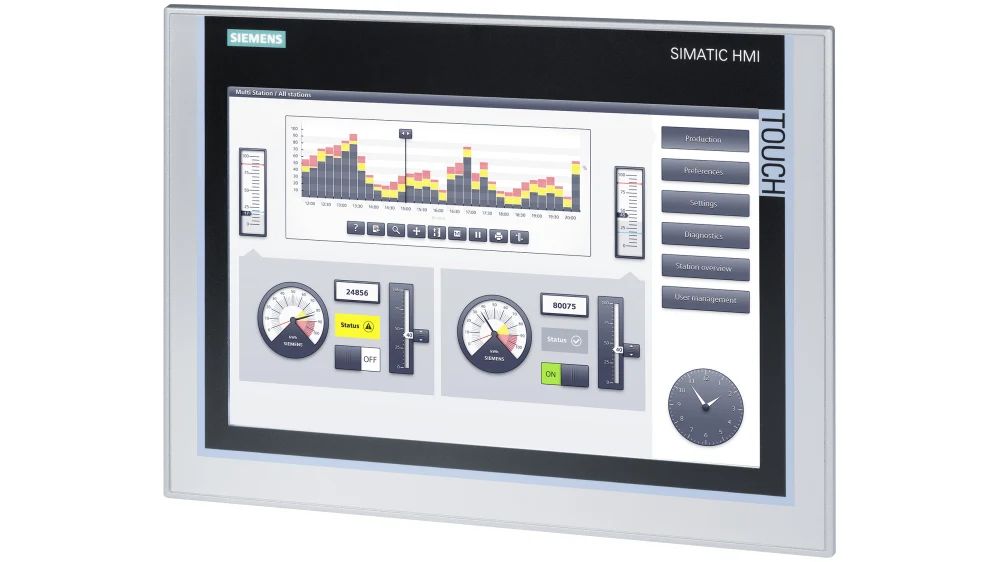
HMIs have changed from basic buttons to advanced touchscreens with easy navigation and live data display, thanks to new technologies. This not only improves operator productivity but also allows for quicker identification and troubleshooting of issues, leading to minimized downtime and increased overall productivity.
Additionally, with the integration of PLC programming optimization, HMIs enable seamless communication between operators and the industrial equipment, resulting in streamlined processes and improved decision-making capabilities.
In recent years, there have been notable innovations in HMI design that further enhance the user experience and optimize industrial processes. One such innovation is the incorporation of multi-touch functionality, allowing operators to perform multiple actions simultaneously, such as zooming, rotating, and scrolling.
This intuitive feature enhances the ease of use and increases the responsiveness of the control panel, enabling operators to quickly navigate through complex systems. Furthermore, advanced HMI designs now offer customizable dashboards and widgets, allowing operators to personalize their display and access key information at a glance.
With such user-friendly interfaces, industrial automation control panel design can significantly improve operator efficiency and productivity, making them an essential component of any modern control system.
Ensuring Safety and Compliance
Ensuring safety and compliance is a critical aspect of control panel design that should not be overlooked. By following SCADA integration best practices, industrial process efficiency can be improved while maintaining a high level of safety and compliance.
One of the key considerations in ensuring safety and compliance is the use of advanced control panel innovation. By incorporating innovative technologies such as fault detection and diagnostic systems, operators can quickly identify and address any potential issues that may arise. This not only increases the overall safety of the system but also helps to minimize downtime and improve productivity.
In addition, it is essential to implement comprehensive safety protocols and procedures during the design and installation phase. This can include implementing proper grounding and electrical isolation techniques, as well as incorporating fail-safe mechanisms to prevent any potential hazards.
By adhering to these safety measures, control panel designers can ensure that their systems meet all relevant safety standards and regulations. Remember, the ultimate goal is to create a control panel that not only optimizes industrial processes but also prioritizes the safety and well-being of the operators.
Importance of Cybersecurity in Control Panel Design
Addressing Cybersecurity Challenges, Importance of Cybersecurity in Control Panel Design
With the rapid advancement of automation technology trends, industrial control panel design has become an integral part of optimizing industrial processes. However, along with the benefits that advanced control panel design brings, there is also a pressing need to address cybersecurity challenges. As automation systems become more interconnected, the risk of cyber threats to industrial control systems increases. This is where the importance of cybersecurity in control panel design comes into play, as it ensures the protection of sensitive data and prevents potential disruptions in the industrial processes.
One crucial aspect of control panel design that addresses cybersecurity challenges is the implementation of safety systems. These safety systems are designed not only to protect workers but also to safeguard the control panel and the industrial processes from malicious attacks. Designing control panels with safety in mind involves incorporating security measures that may include authentication protocols, firewalls, and encryption techniques. By ensuring the resilience and integrity of the control panel, cybersecurity for industrial control systems can be effectively enhanced.
Emerging Technologies in Control Panel Design
Emerging technologies play a crucial role in the advancement of control panel design. These cutting-edge innovations not only enhance the functionality and efficiency of industrial processes but also ensure compliance in control panel engineering.
With the rapid evolution of technology, control panel designers are continually exploring new ways to integrate emerging technologies into their designs to meet the increasing demands of modern industrial automation.
One such emerging technology is the use of artificial intelligence (AI) and machine learning algorithms in control panel design. AI control panels can analyze lots of data in real time, helping with maintenance, saving energy, and making systems work better.
By leveraging these intelligent technologies, control panels can adapt to changing operational conditions, making informed decisions and minimizing downtime. AI-powered analytics can easily include compliance standards in the design, making sure control panel systems follow industry rules and guidelines.

